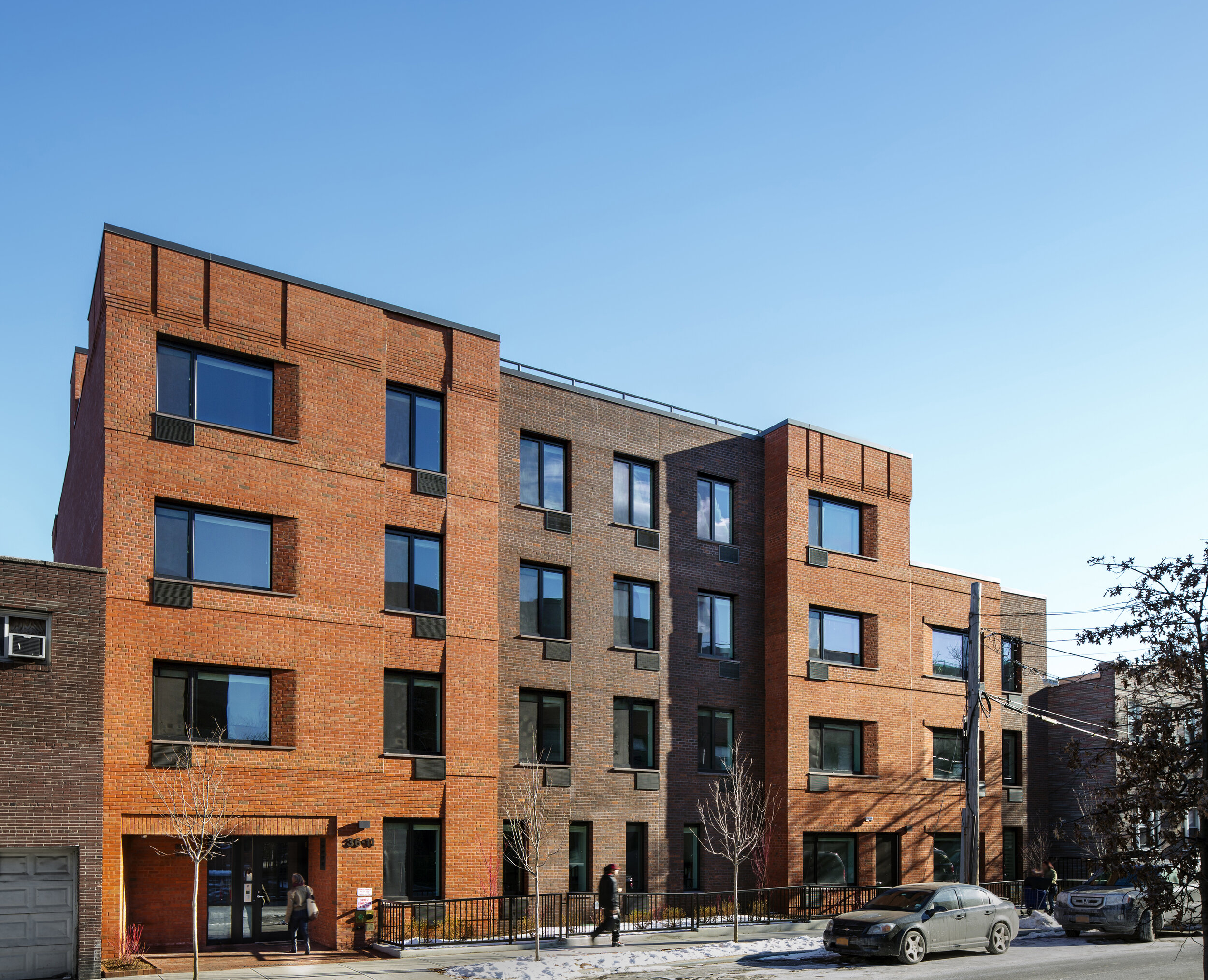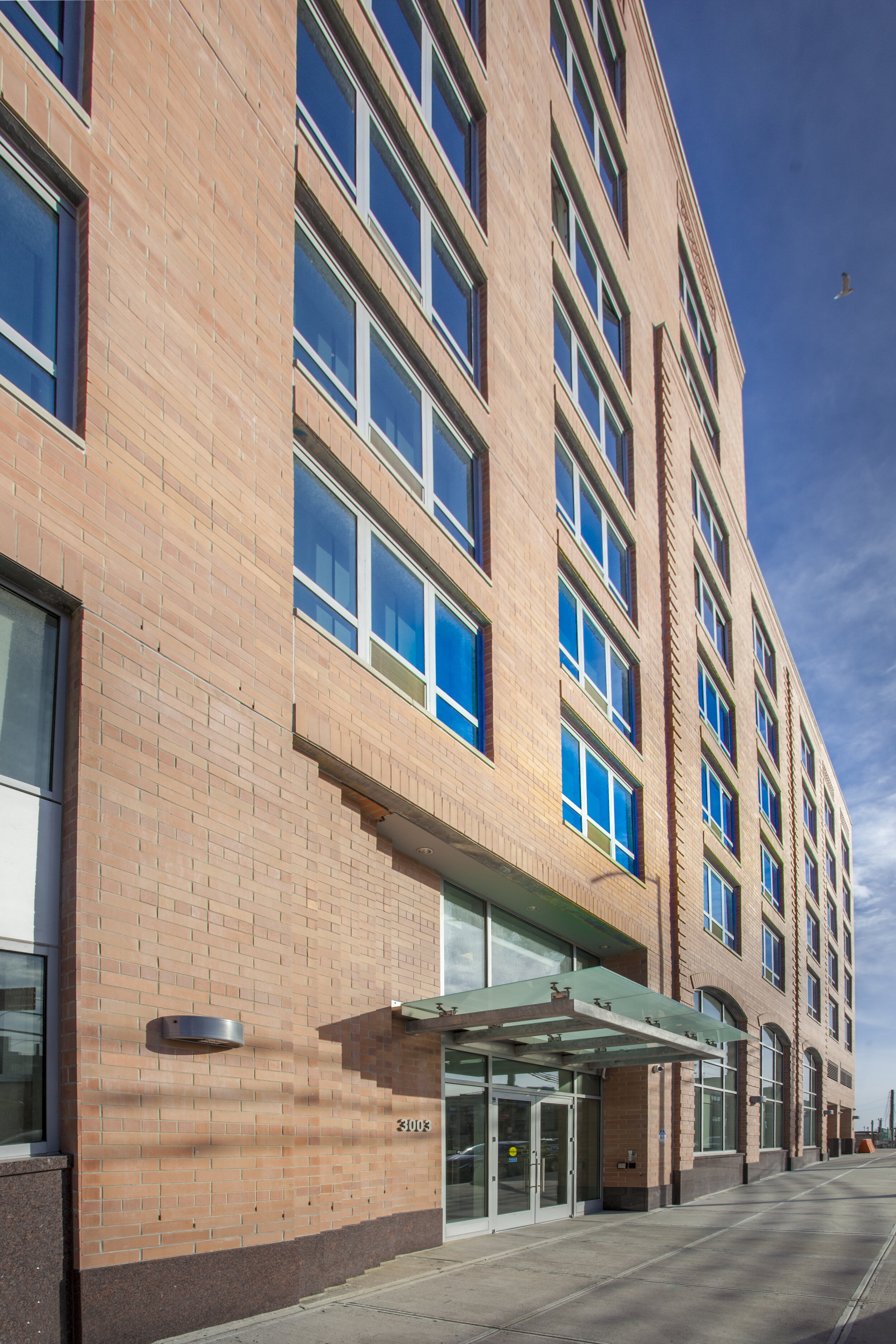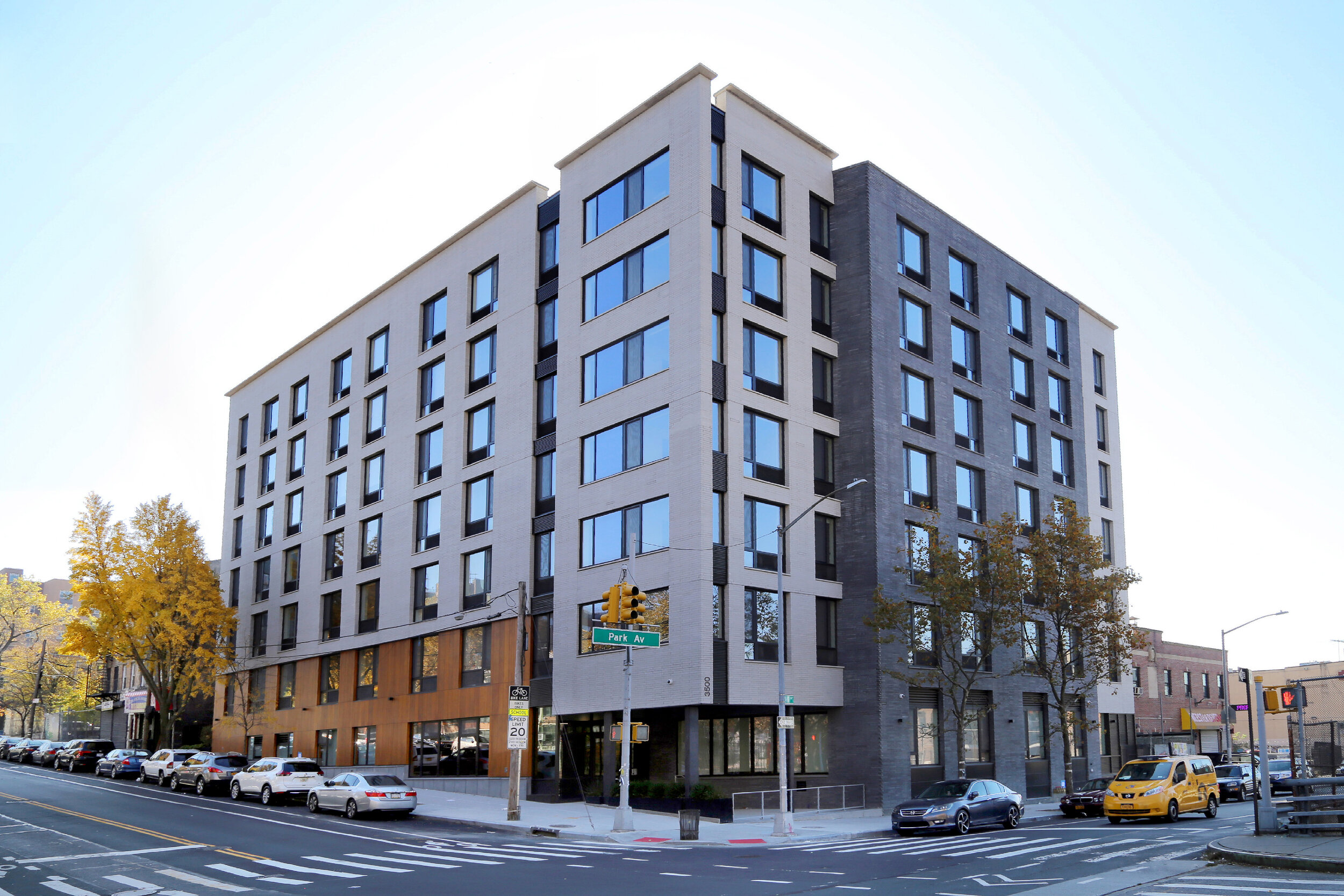WHY DO WE NEED A RENEWED COMMITMENT FROM THE GOVERNOR?
Supportive housing is a proven national model that provides stable, affordable housing with supportive services to homeless individuals and families, many of whom have a variety of physical and mental health challenges, addictions and disabilities.
In 2016, Governor Andrew Cuomo committed to creating 20,000 supportive housing units across New York over a 15-year period, and the state budget funded the first 6,000 units over five years.
That initial five-year commitment is about to end, and there is no funding in place for the remainder of the Governor’s supportive housing pledge, or any indication that the Cuomo administration intends to continue this important undertaking.
In the State Fiscal Year beginning April 1, 2021, the Governor must include a capital appropriation to finance the remaining 14,000 units, including the next five-year phase of 7,000 units.
SUPPORTIVE HOUSING IS…
A tool in the fight against COVID-19
· As New York continues to battle COVID-19, it’s crucial that we protect vulnerable populations – homeless individuals and people of color – to continue flattening the curve.
· The Governor based the state’s COVID-19 response on science; the same is true of supportive housing. The data consistently show that supportive housing costs less than chronic homelessness.
· Housing is part of the state’s COVID-19 response – it protects individuals and communities, just like masks. It is critical that people have safe and stable homes if they need to quarantine or shelter in place as a result of a spike in infections.
· We knew before, and COVID-19 confirmed, that housing is healthcare – sheltered homeless people in New York City have so far died of COVID-19 at a rate 78 percent higher than non-homeless New Yorkers.
A tool in the fight for racial justice
· COVID-19 revealed the racial disparities in both housing and healthcare. As the pandemic continues, it is critical that vulnerable New Yorkers have safe and affordable homes to protect them from infection.
· The vast majority of homeless people with disabling conditions – the people who most need supportive housing – are people of color.
· Housing and healthcare policy for too long has been beset by systemic racism. We need to begin to right the wrongs by directing resources to communities of color that suffer from the impacts of harmful policies related to housing, criminal justice and more.
A tool in the fight for economic stability
· Since taking office, Governor Cuomo has put a five-year housing plan in place, making New York a national leader. He needs to continue to lead the way here, as we have in battling the COVID crisis, recognizing that we cannot succeed in protecting all New Yorkers if the threat to vulnerable populations persists.
· Developing safe and affordable housing requires a predictable environment for developers and investors. It takes several years for a project to come to fruition, and without a multi-year commitment by the state, important opportunities will dry up, exacerbating a housing shortage.
· Without sending a signal to investors and developers that the state remains committed in the long term to supportive housing, there will be a reluctance to take a risk on these projects in a volatile economic atmosphere.
· Without a commitment in the upcoming state budget, production will come to a halt as nonprofits and developers stop buying sites and many investors as well as syndicators become wary of making investments in the absence of concrete assurances that the program will continue.
· A long-term commitment of resources for capital, services and operating needs for supportive housing is critical to attracting investors and developers. It diminishes risk by setting a long-term target to fund a specific number of units, thereby boosting investor confidence.
A tool in the fight against homelessness
· We must stay the course and continue to ensure New York is a national leader in affordable and supportive housing. We can’t stop investing in a proven solution to homelessness, despite the current fiscal difficulties the state faces.
· COVID-19 decimated jobs and increased homelessness in the communities most impacted by the pandemic. In order to ensure a successful long-term economic recovery, we need to invest in those communities now more than ever.
· COVID-19 continues to worsen what was already a homelessness crisis. Getting New Yorkers into safe and affordable supportive housing will not only protect and assist them, but also will improve the communities in which they reside.



